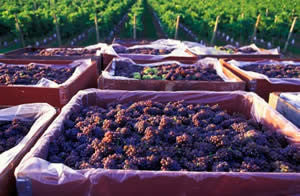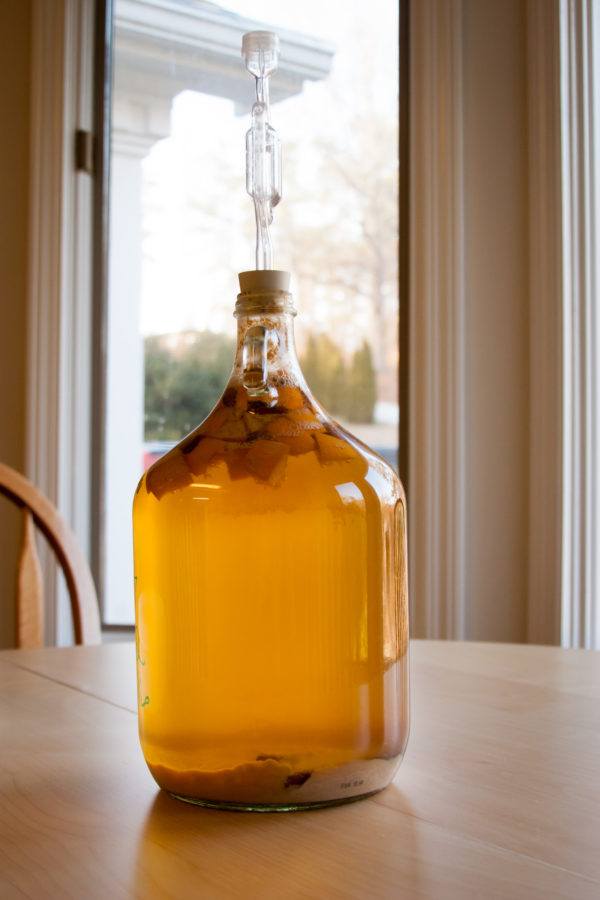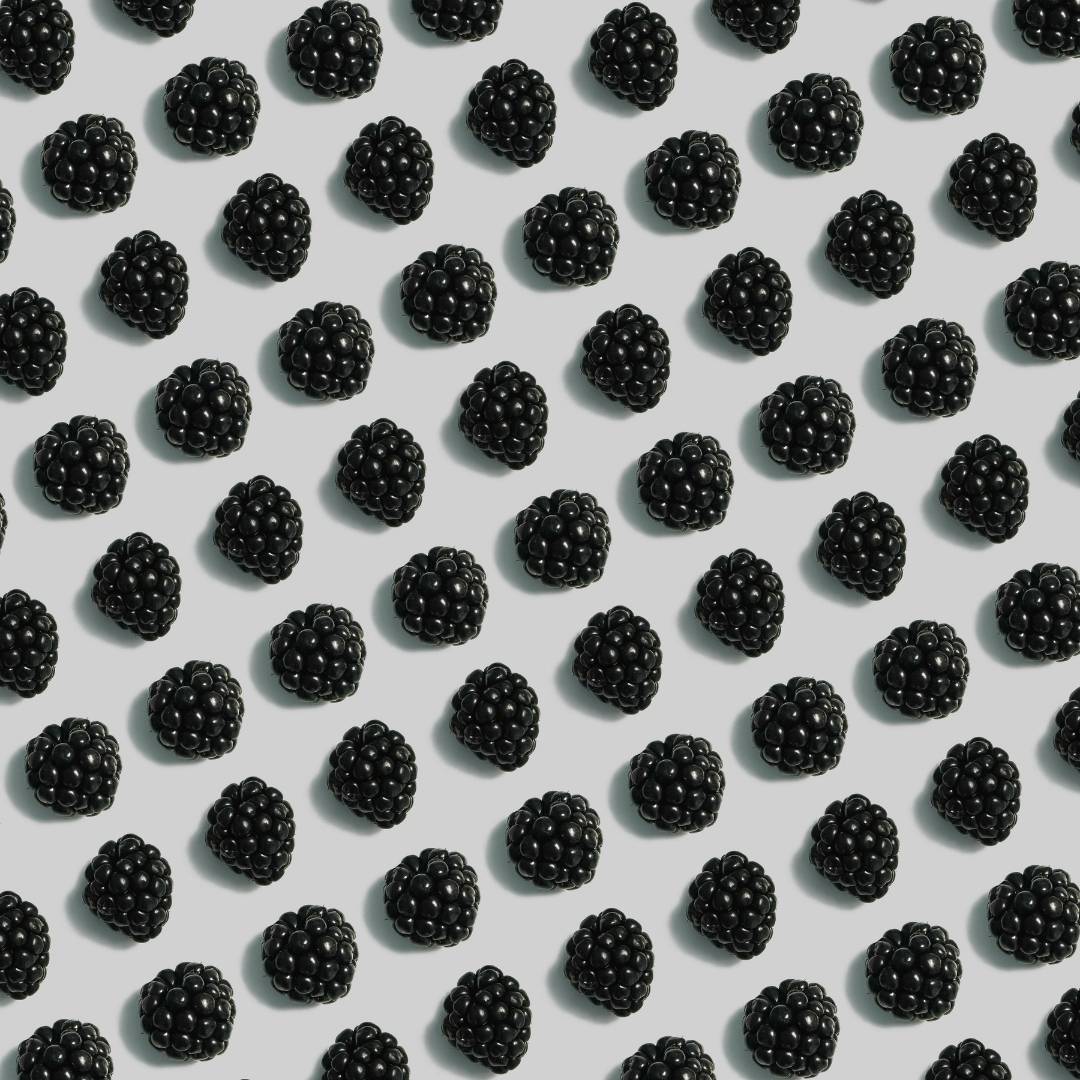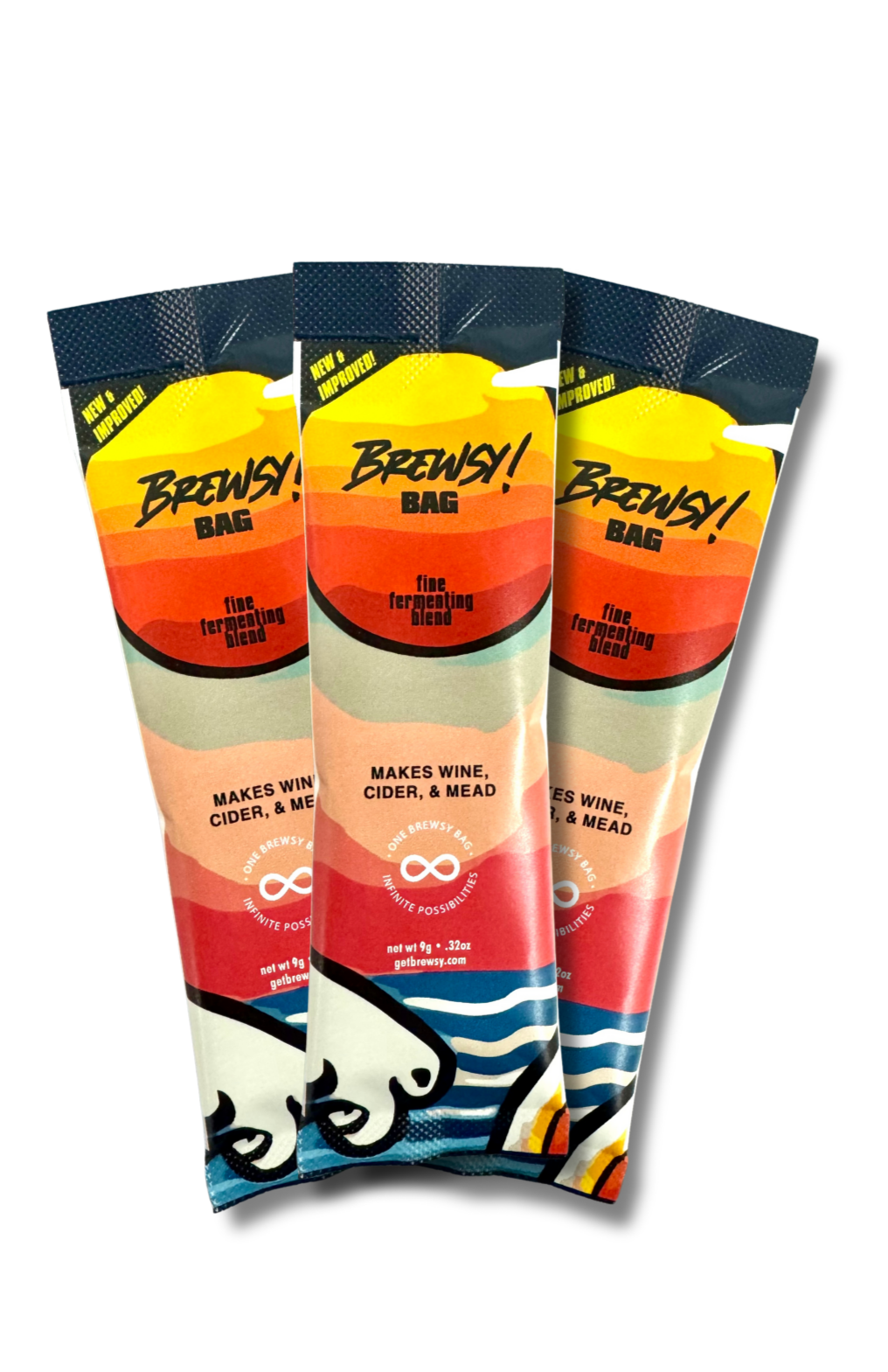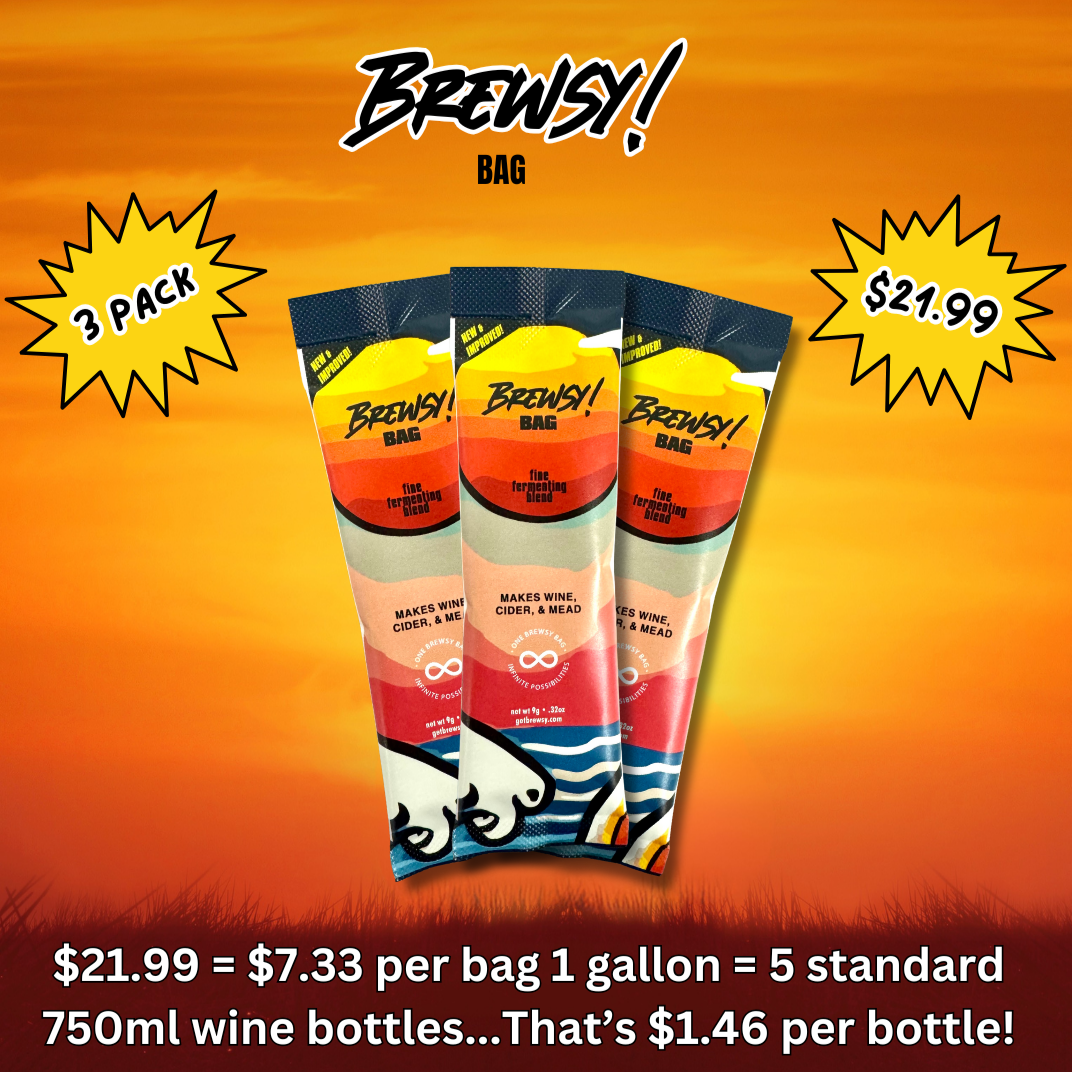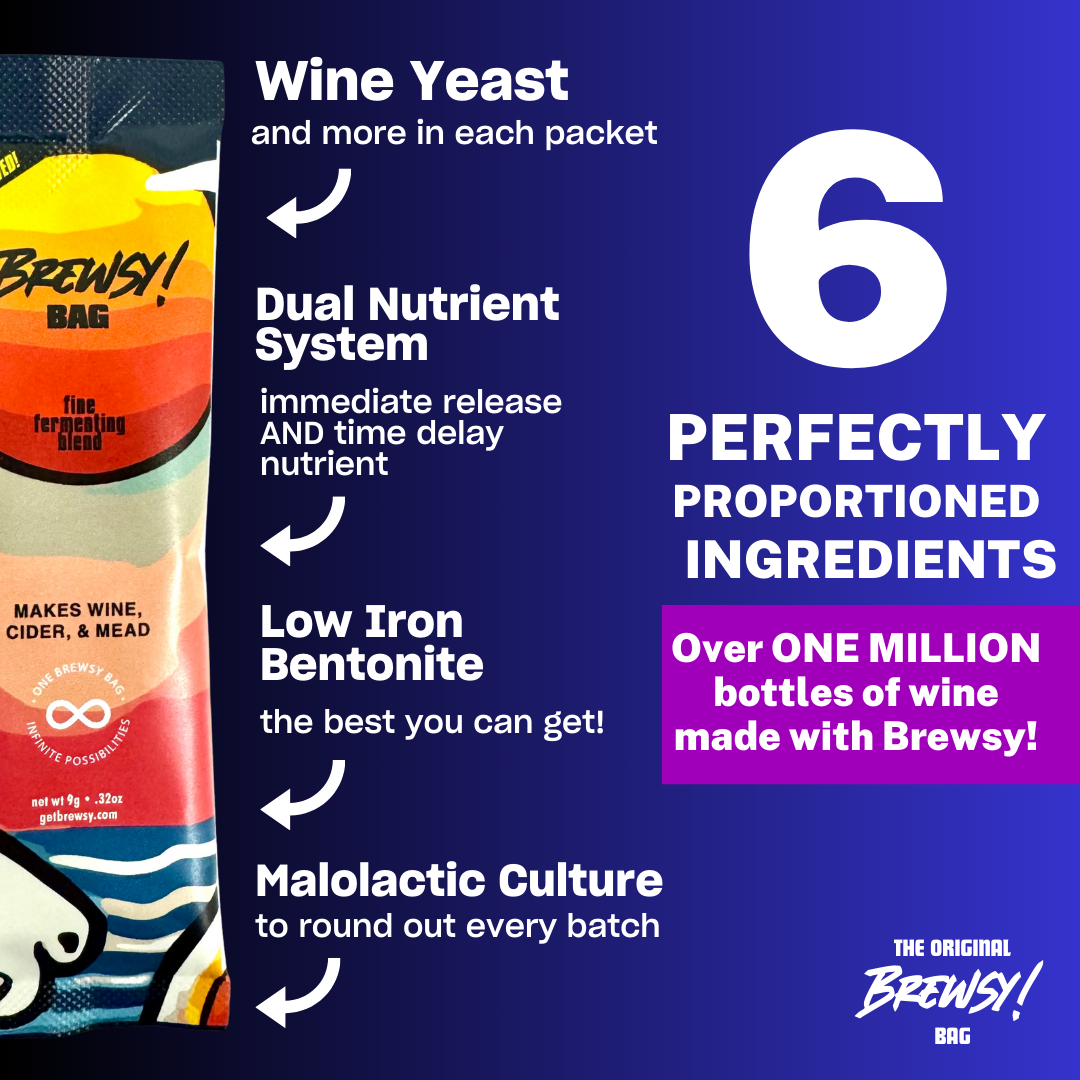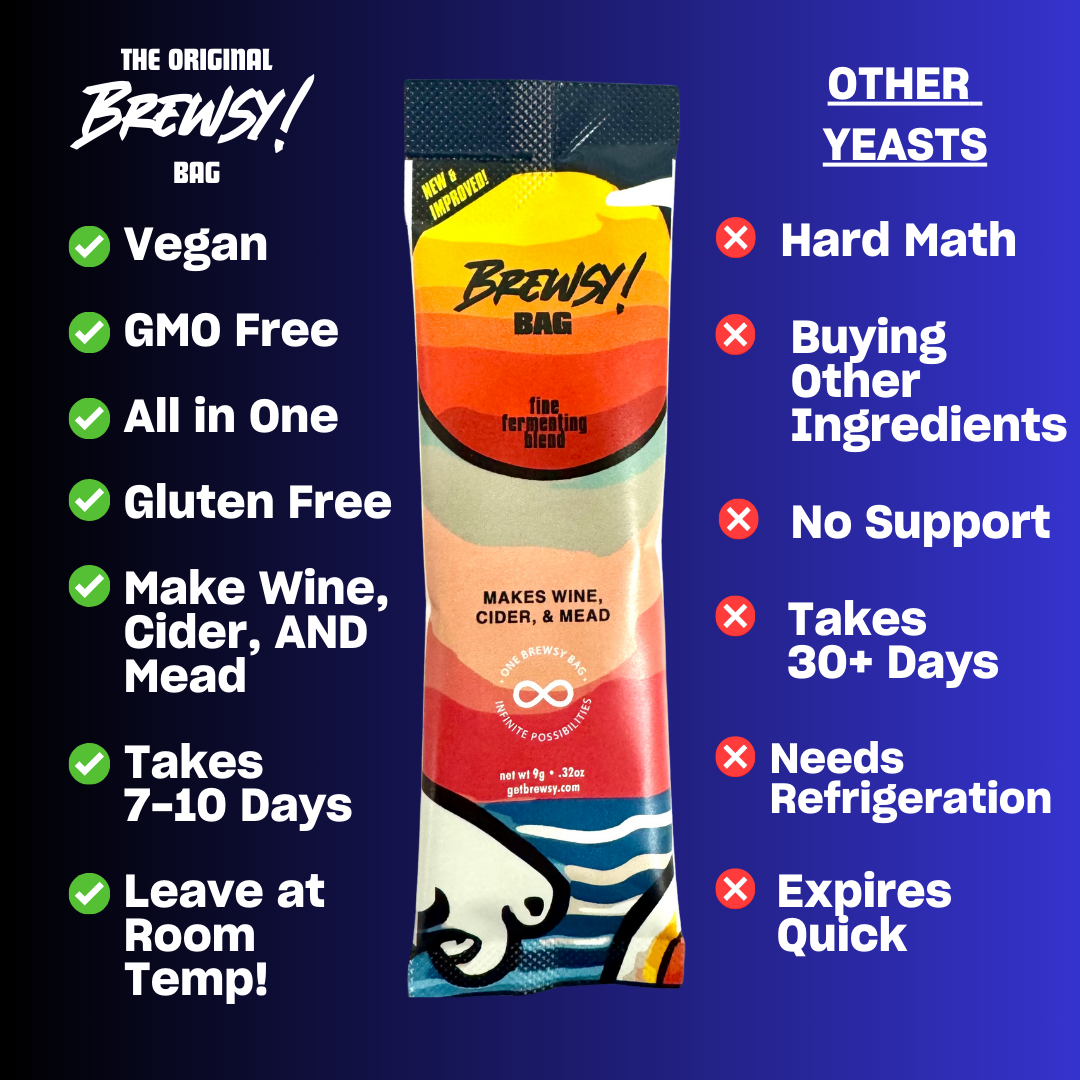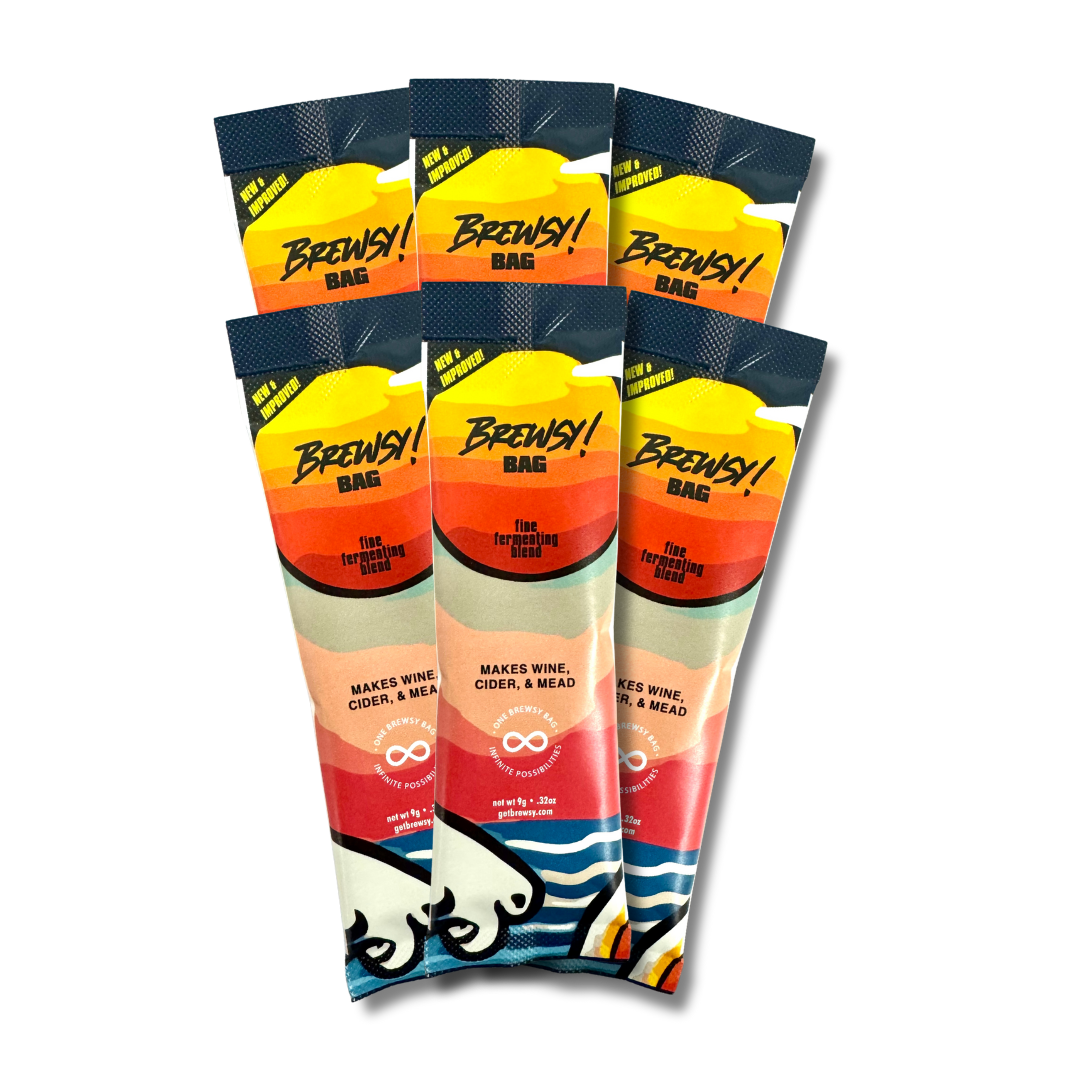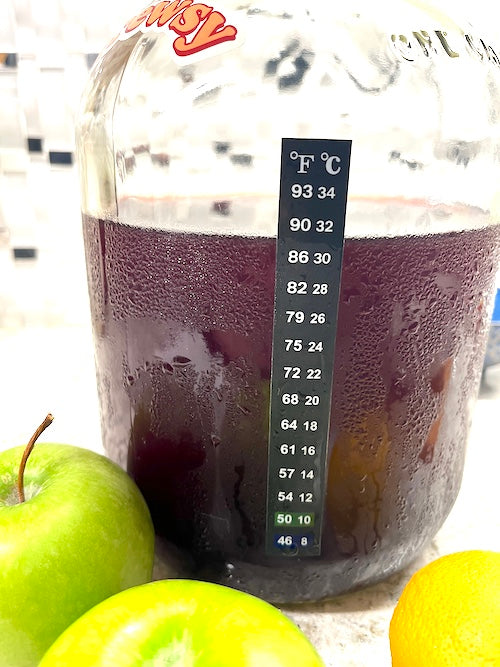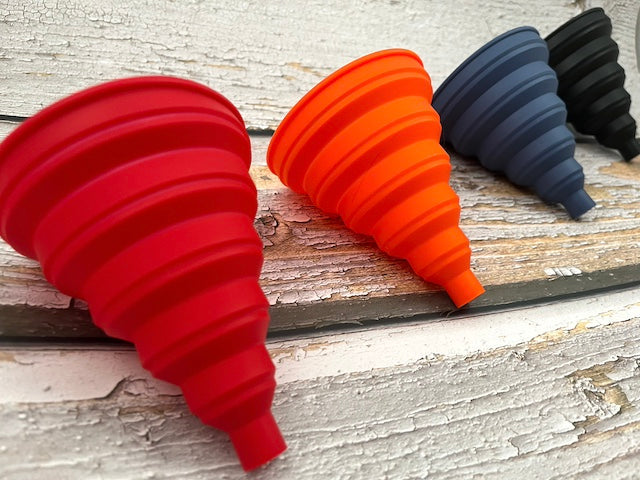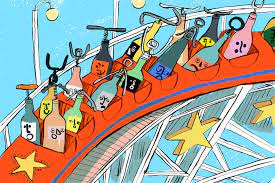
What Is Bottle Shock?
If you thought wine could not get sick, you would be wrong. Very much like people, wines can also suffer from trauma, albeit, more temporary than human trauma, and not as bad. Well, that got deep real quick. So, what is bottle shock?
Bottle shock, alternatively spelt bottle-shock and also known as bottle-sickness, is a form of temporary trauma that a wine will experience. In essence, it causes the wine to suffer from muted or disjointed flavors and aromas (or bouquets). Bottle shock does not cause changes in the chemical composition in the wine like wine oxidation does. The latter can cause permanent damage in a wine by changing its flavor profile and even color due to prolonged exposure to oxygen.
Basically, what happens during a period of bottle shock is that the chemical bonds in a wine are thrown into disarray for a short period of time. Thus, bottle shock does not affect a wine's sugar, alcohol, or acidity contents like wine oxidation would.
This trauma is almost always found in recently bottled wine as well as wine when it is in a prolonged state of travel especially after recently having added sulfates. The constant movement, shaking, and rattling can perturb the wine. Do not worry, if you bought a bottle (or ten) from the local store, there is no risk of the ailment happening during a car ride.
How long does bottle shock last?
Luckily, it is only a temporary trauma, and the wine should be back to its original self within a few weeks' time.
Are there wines more sensitive to bottle shock than others?
The answer is a resounding yes. If you like aged wine, it is always a good idea to handle it with care. As mentioned in the wine aging article, aged wines are similar to one's grandparents: they need time to wake up, and must be done so gently. Thus, the older the wine, the more sensitive it becomes to bottle shock, especially those aged ten years or more.
How to know if a wine has bottle shock?
Simple, you open it. To be a tad more precise, however, aromas tend to start pouring once a bottle of wine is opened, and, to avoid oxidation, a drink is almost always taken immediately after opening, so if you notice a distinct lack of aromas and a flat taste, then the wine is most likely suffering from bottle shock.
Can bottle shock be fixed?
Oh, absolutely. One, and probably the easiest method, is to simply give it time. Have you just purchased a bottle or two? Have you, perhaps, recently bottled your own homemade wine? Instincts normally dictate to start drink, but giving the wine time settle down helps heal the wine from bottle shock. Also, aging is almost never a bad thing as the flavors will only become more pronounced with time.
Another way to fix it, and this one is basically fighting fire with fire, is through aeration, i.e.: letting the wine breathe by feeding it oxygen. By strongly introducing air into a wine, it can help draw out the natural and inherent flavors and aromas of a wine. This works well if the wine is meant to consumed immediately.



